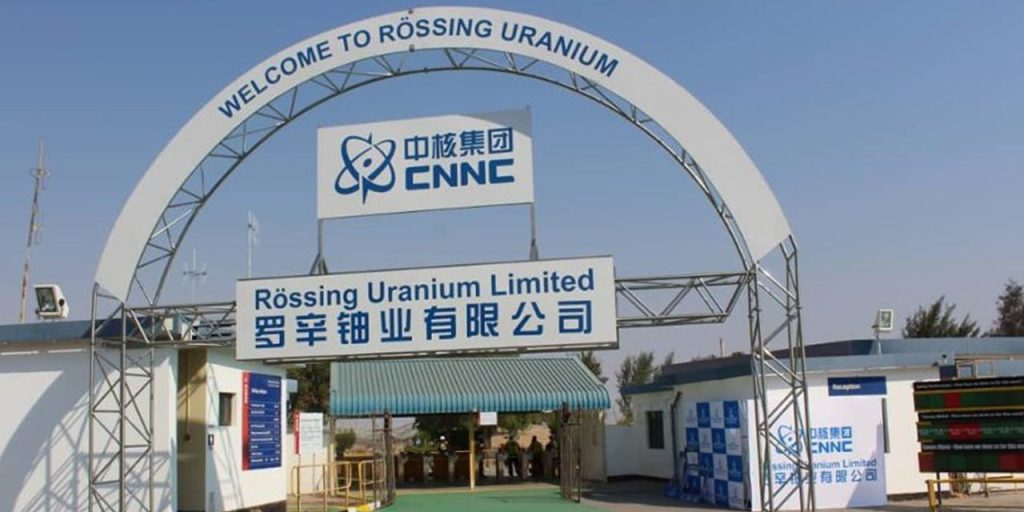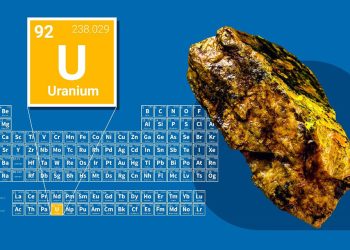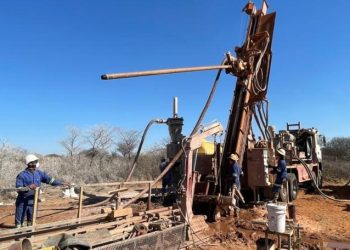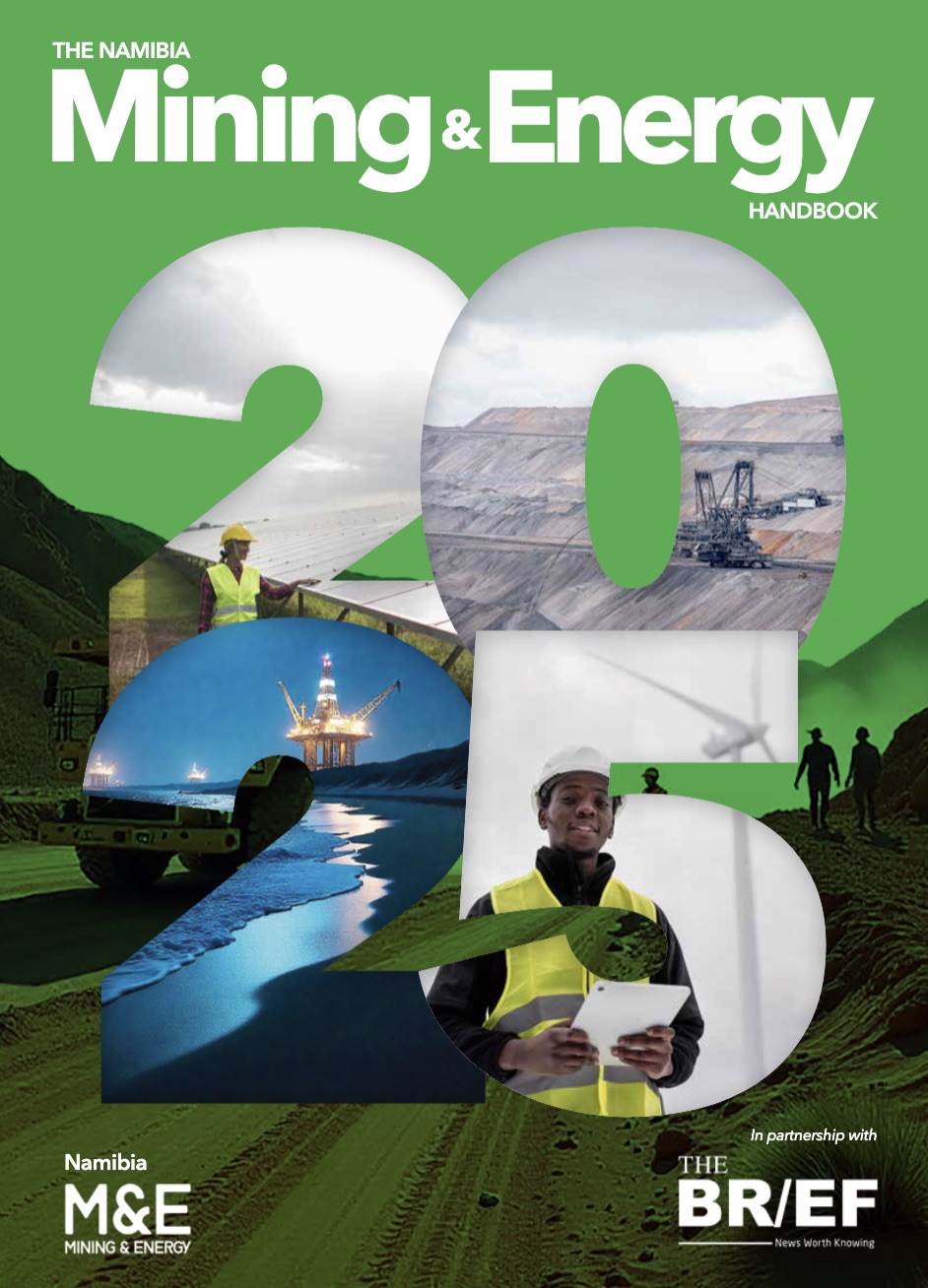
Rössing Uranium Mine has supplied a cumulative total of 151,137 tonnes of uranium oxide to the global nuclear energy market, according to the company’s 2024 Sustainability and Performance Report.
In 2024 alone, the mine produced 2,600 tonnes of uranium oxide, marking an 11% decrease compared to the previous year.
The amount of ore milled and crushed also dropped to 8.5 million tonnes, a year-on-year decline of 9%.
“Rössing Uranium has a nameplate capacity of 4,500 tonnes of uranium oxide (U₃O₈) per year, making it one of the world’s most significant uranium producers,” the report stated.
Namibia accounted for 12% of global uranium oxide production in 2024, with Rössing contributing 4% of worldwide output.
The total production for the year amounted to 5.7 million pounds of U₃O₈, with sales reaching 5.5 million pounds.
Of this, 2.9 million pounds were sold to China and 2.6 million pounds to Western converters. A further 1.5 million pounds were sold on the spot market to non-utility buyers.
The report highlights that uranium exports from Namibia contribute to electricity generation in several countries.
“This production supports the generation of clean, low-carbon electricity in numerous countries, reinforcing Namibia’s role as a key contributor to sustainable energy solutions worldwide,” it said.
Mining contractor Beifang Mining operated at full capacity throughout the year, extracting 14.9 million tonnes of material.
By year-end, the contractor had mobilised 15 haul trucks and two D65 drill rigs, preparing to reach the pit bottom by January 2025.
In addition to mining operations, Rössing made strides in its three-year Technology Strategy. By December 2024, the mine had completed the first 18 months of its digital transformation, setting the stage for further integration in 2025.
“Building on the three-year Information Technology Strategy launched in 2023, the mine achieved significant progress in 2024 through the successful implementation of several strategic initiatives aimed at improving the efficiency and resilience of technology and information systems,” the report noted.
Key developments included greater adoption of digital workflows, the introduction of mobile access to systems, digital onboarding for contractors, and the centralisation of all safety systems onto a single platform.
“These advancements have collectively positioned Rössing to transition smoothly into a digitally integrated operating environment, supporting more agile, efficient and sustainable operations,” the report added.
Looking ahead to 2025, Rössing plans to expand digital workflows, upgrade its ERP systems and introduce Smart Mining applications.







